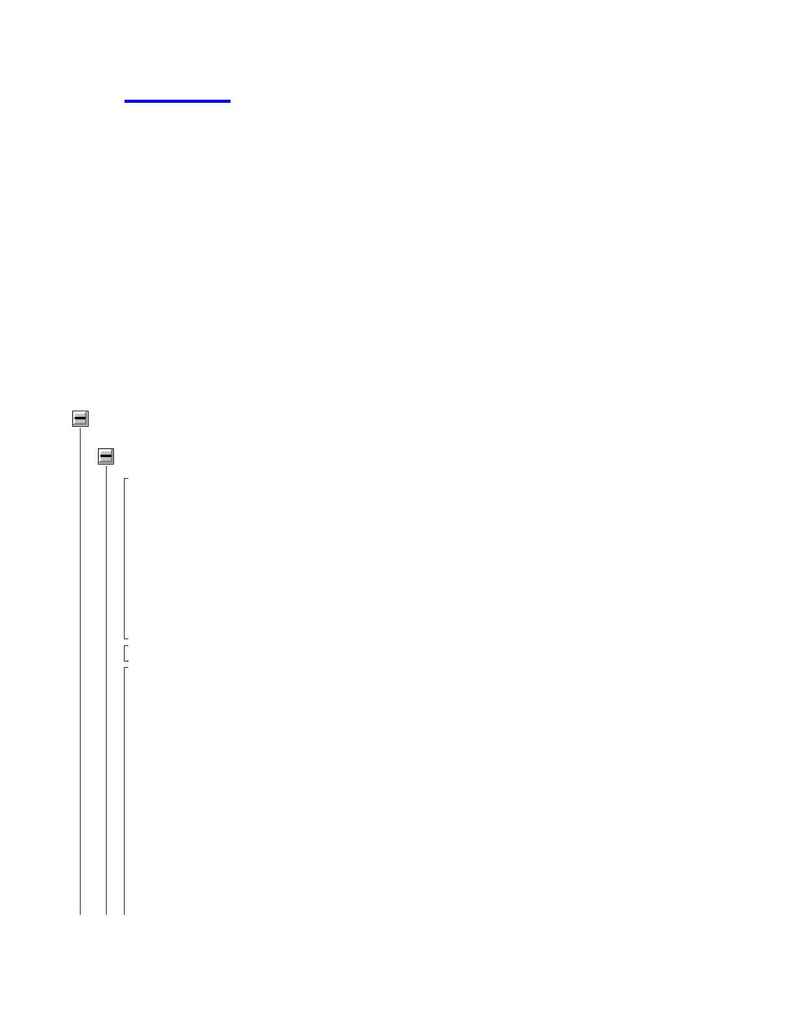Astronomical Applications Department, U.S. Naval Observatory Beam Comp Example Page 1

An
AESOP
Example: Analysis of a Misaligned
Beam Compressor
Marc A. Murison
U.S. Naval Observatory
3450 Massachusetts Ave., NW
Washington, DC 20392
mailto:murison@riemann.usno.navy.mil
http://riemann.usno.navy.mil/AESOP/
29 October 1996
Trace a Ray through the System
Introduction
For this example, we consider a simple beam compressor, which consists of two confocal
paraboloidal mirrors such that, when perfectly aligned, a flat input beam of radius R is
compressed to a flat output beam of radius R/C, where C is the compression ratio. The
driver program BeamComp() illustrates how to use AESOP to create an optical system and
trace a ray through it. BeamComp() is written so that we can apply up to two independent
perturbations -- translation perpendicular to the optical axis or rotation -- to either or both
optical elements. We can also skew the input wavefront. In this example, we'll rotate and
translate the primary mirror. First, we load the driver program:
>
restart;
>
read`d:/optics/BeamCompressor.p`;
#===========================================#
# AESOP #
# (An Extensible Symbolic Optics Processor) #
# version 96.10.02 #
#===========================================#
# Marc A. Murison #
# U.S. Naval Observatory #
# Astronomical Applications Dept. #
# murison@riemann.usno.navy.mil #
#===========================================#
Use:
BeamComp( pert_type1::integer, #first perturbation type
